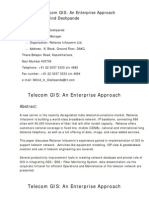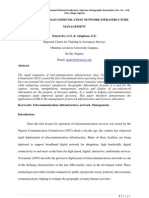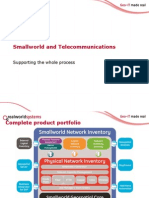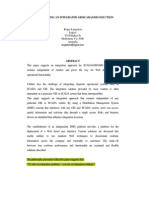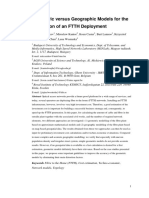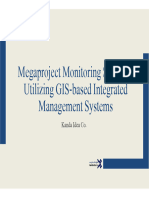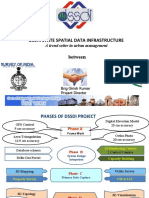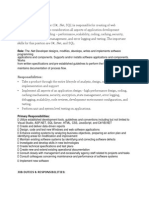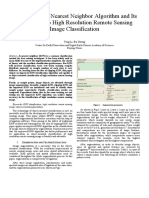0% found this document useful (0 votes)
30 views4 pagesGIS Assignment
Tetranet Limited proposes the implementation of a GIS-based fiber optic management system to enhance network efficiency and service delivery amid increasing demand for high-speed internet. The proposal outlines challenges in current management practices, objectives for improvement, and a structured methodology for system implementation, including data integration and user training. The estimated total cost for the project is $225,000, with a detailed implementation plan spanning several months.
Uploaded by
Paul PhineasCopyright
© © All Rights Reserved
We take content rights seriously. If you suspect this is your content, claim it here.
Available Formats
Download as DOCX, PDF, TXT or read online on Scribd
0% found this document useful (0 votes)
30 views4 pagesGIS Assignment
Tetranet Limited proposes the implementation of a GIS-based fiber optic management system to enhance network efficiency and service delivery amid increasing demand for high-speed internet. The proposal outlines challenges in current management practices, objectives for improvement, and a structured methodology for system implementation, including data integration and user training. The estimated total cost for the project is $225,000, with a detailed implementation plan spanning several months.
Uploaded by
Paul PhineasCopyright
© © All Rights Reserved
We take content rights seriously. If you suspect this is your content, claim it here.
Available Formats
Download as DOCX, PDF, TXT or read online on Scribd
/ 4





